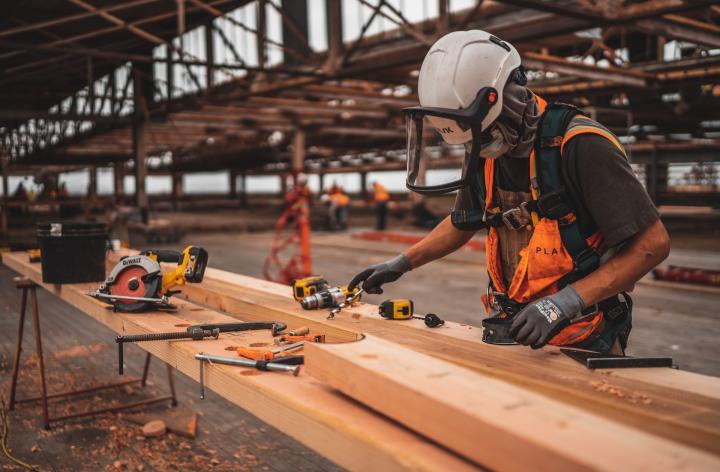
The Act creates new rights of action against persons who:
- Fail to comply with construction or cladding product requirements.
- Make a misleading statement about a construction or cladding product in the course of marketing or supplying it.
- Manufacture an inherently defective construction or cladding product.
There is a widespread misunderstanding that these new obligations only apply to buildings of a height of 11 metres or more. Whilst elements of the Act and the Building (Scotland) Amendment Regulations 2022 concerning combustible cladding materials only apply to such "high risk buildings", the above obligations apply regardless of the height of the building.
Meanwhile the Building (Scotland) Amendment Regulations 2022 effectively ban the use of combustible cladding in relevant buildings. Relevant buildings in this case are those having a storey (or creating a storey) at a height of 11 metres or more above the ground and contain a dwelling, place of assembly, hospital or other place of residence.
In respect of liabilities relating to construction products the Act does not define what a "construction product" is. Instead you require to look at prior regulations which define these as “any product or kit which is produced and placed on the market for incorporation in a permanent manner in construction works or parts thereof and the performance of which has an effect on the performance of the construction works with respect to the basic requirements for construction work.” A "construction product" is therefore given a very wide scope and these obligations apply across a broad spectrum of the construction industry including architects, contractors and material manufacturers and suppliers.
Turning to the question of liability arising from the Act, four conditions must be met to establish liability for defective construction or cladding products. These are referred to as Conditions A to D in the Act. They can be summarised as follows:
A - a person fails to comply with a product requirement, or makes a misleading statement in relation to it, or manufactures such a product which is inherently defective.
B - the product must be "installed, applied or attached to the building or dwelling". For the avoidance of doubt "the building" includes external features such as balconies and porches a. In respect of "cladding products" this condition is only in respect of products attached to, or included in, the external wall of a building.
C - the building or dwelling was unfit for habitation when works were completed.
D - the breach of the obligations within the first condition are "the cause" or "a cause" of the building or dwelling being unfit.
Whether or not these conditions are met will turn heavily on the facts. For now we will require to watch this space to see how they are interpreted before the courts.
The next blog in this series will look at to whom these obligations are owed and what the consequences are for breaching them.
Should you require assistance with any aspect of a construction contract, we have a large and experienced construction team who would be happy to discuss this with you.


